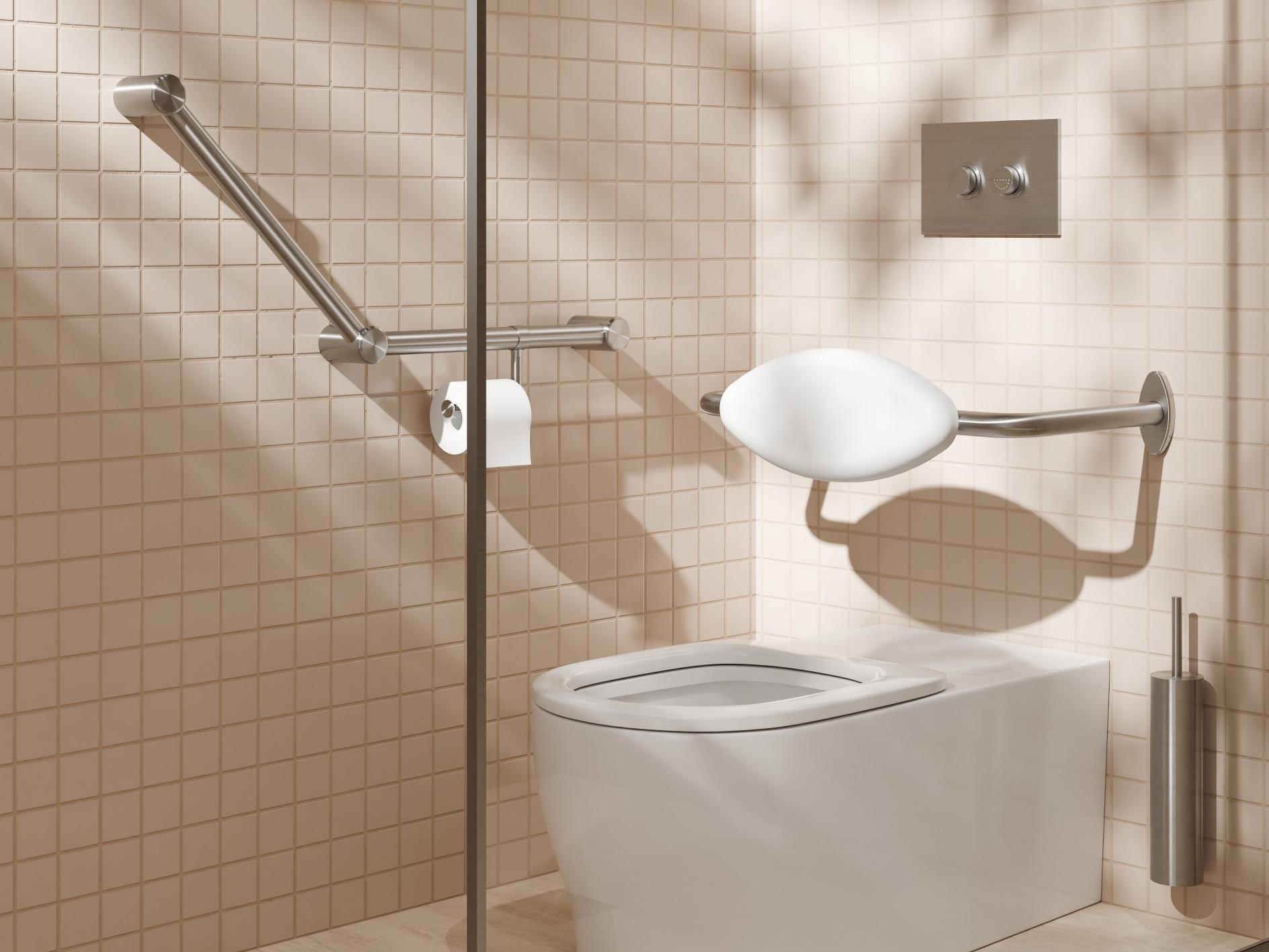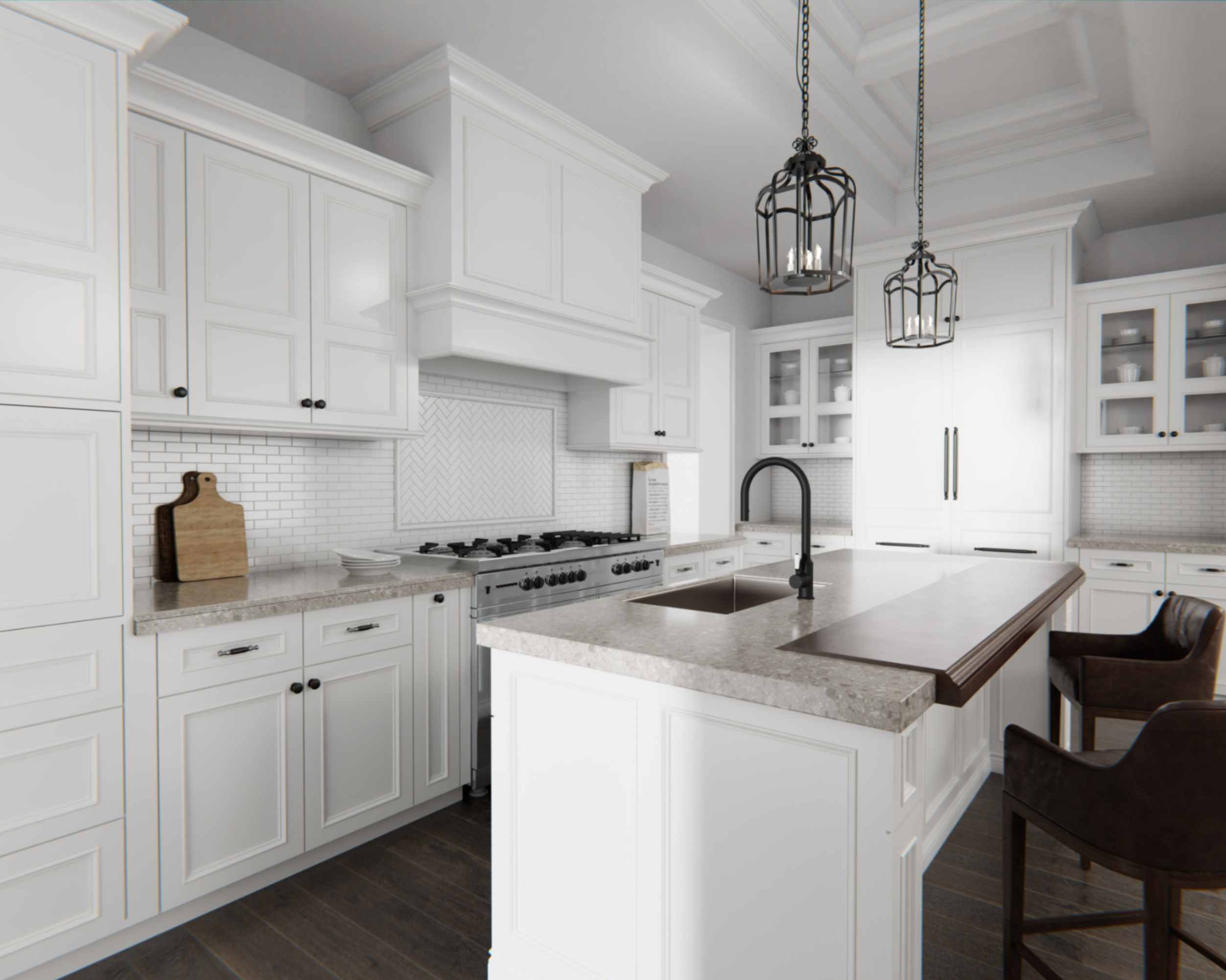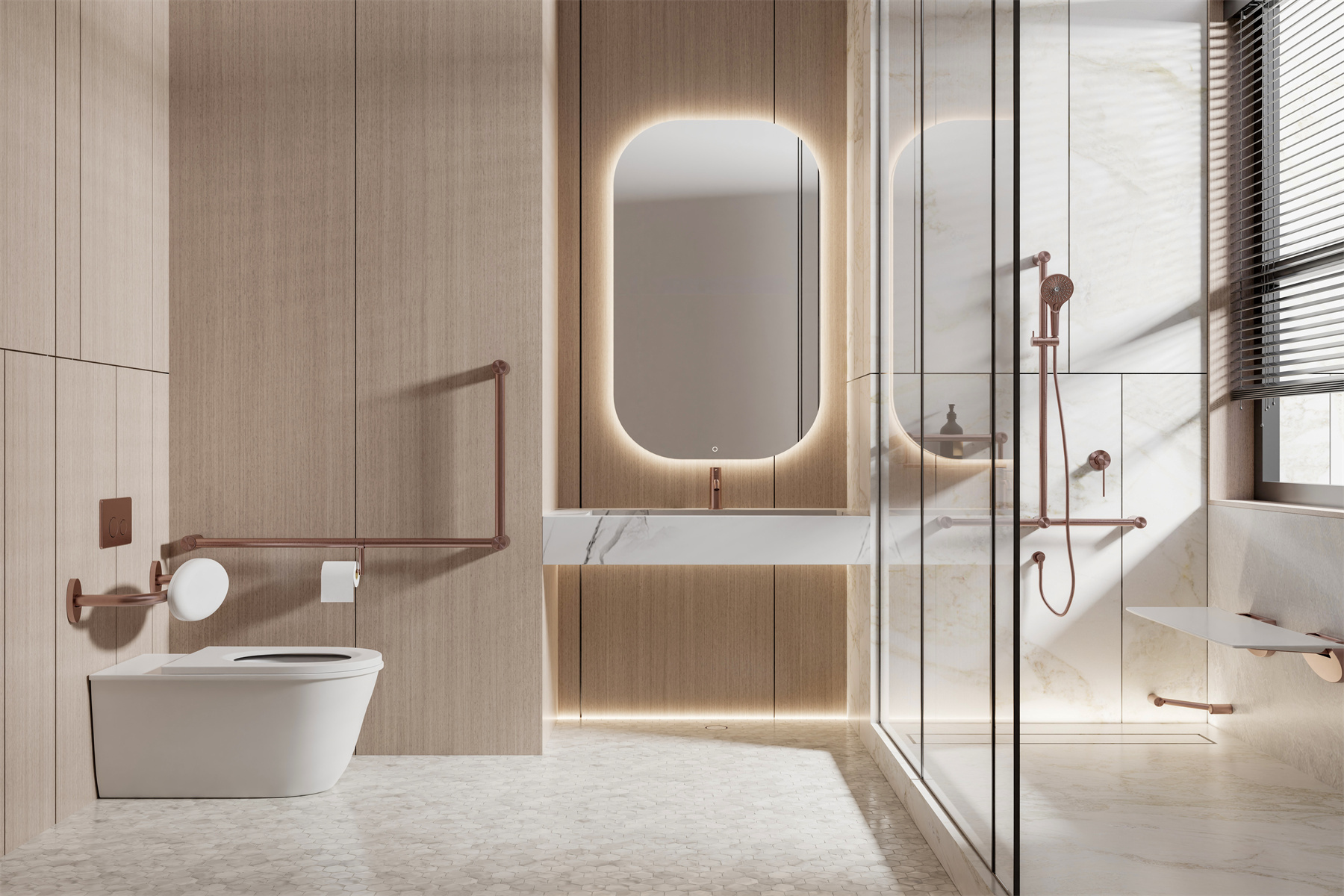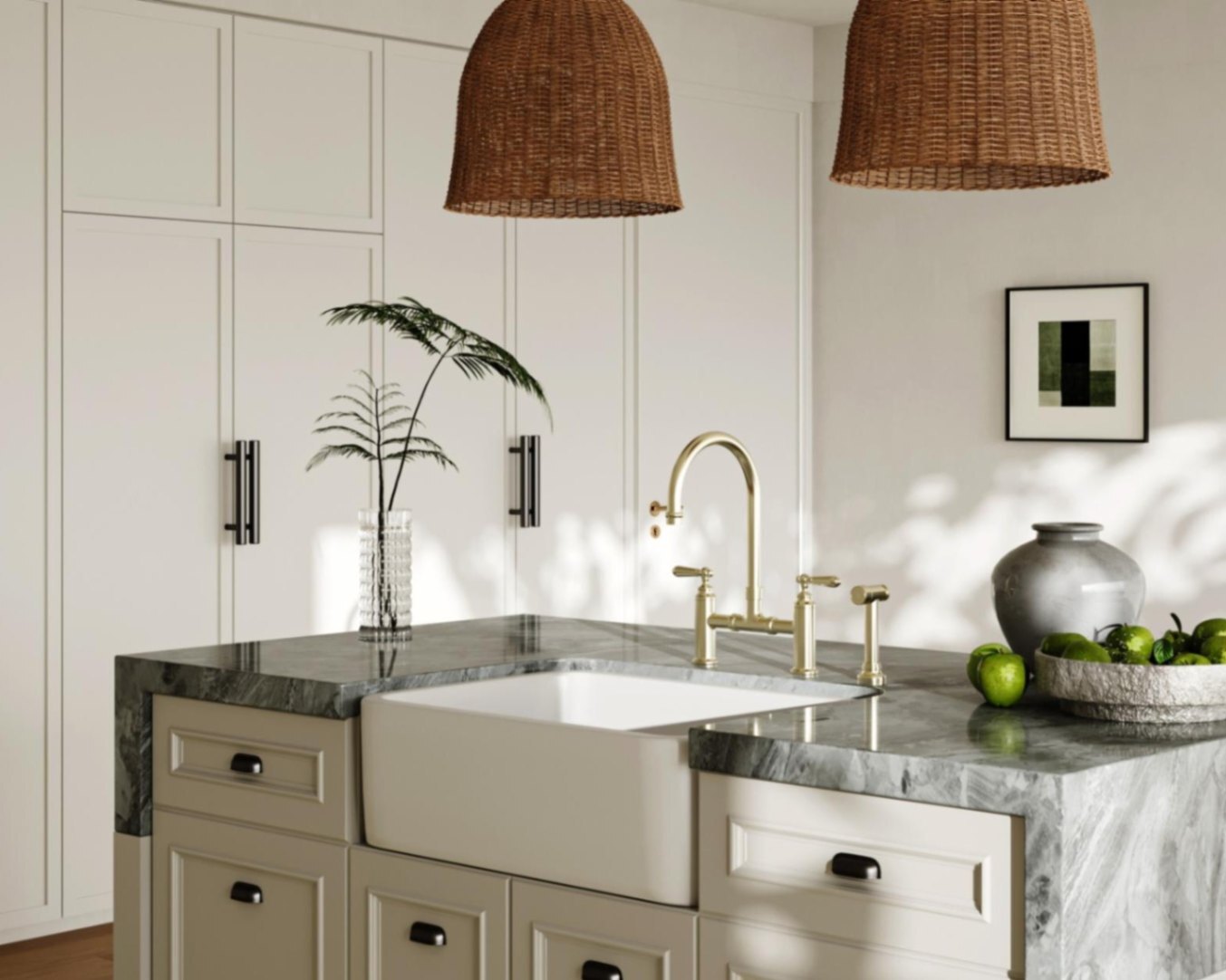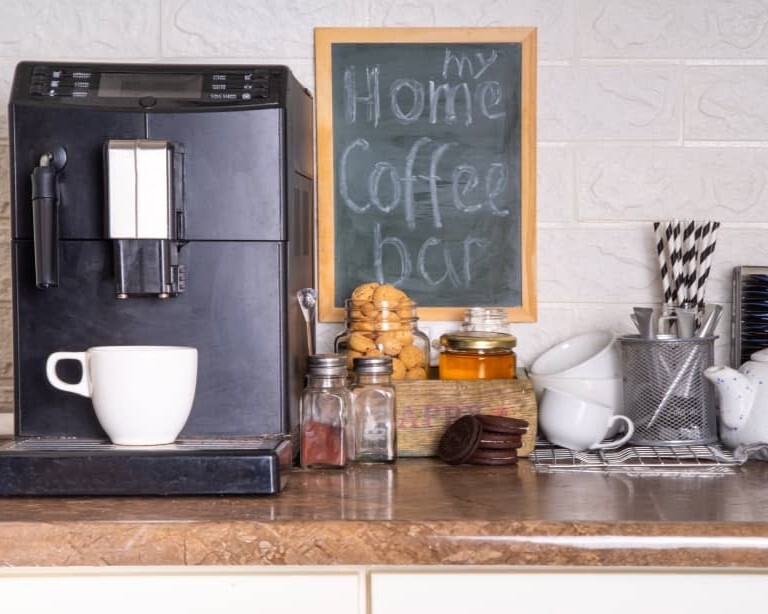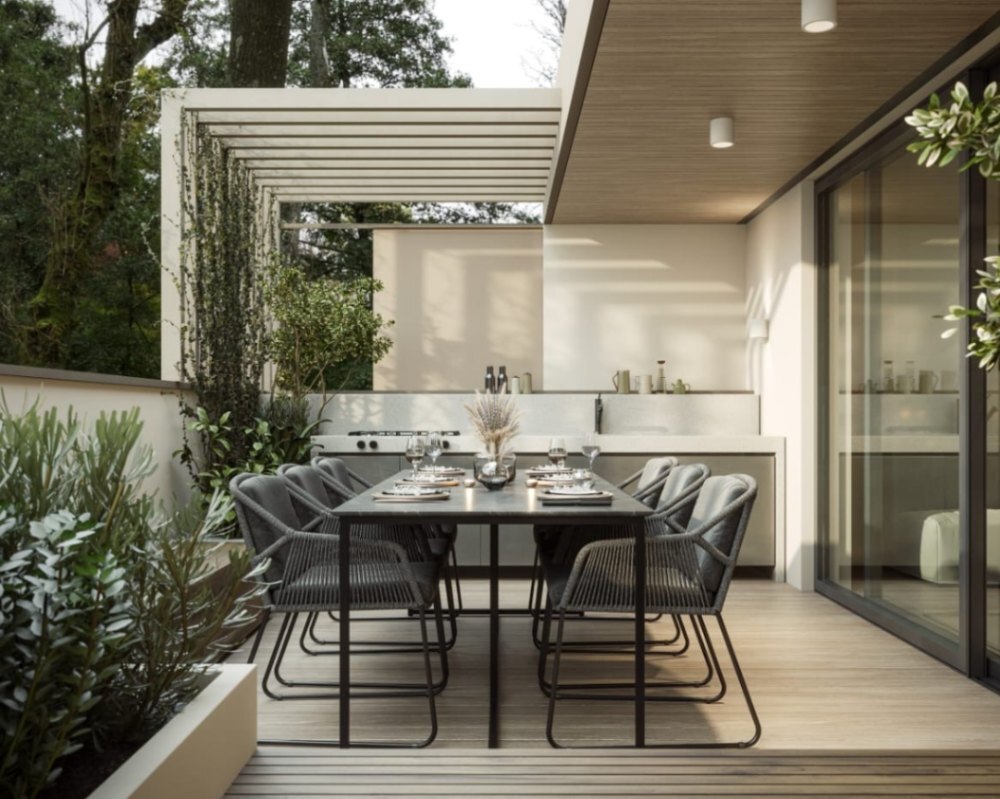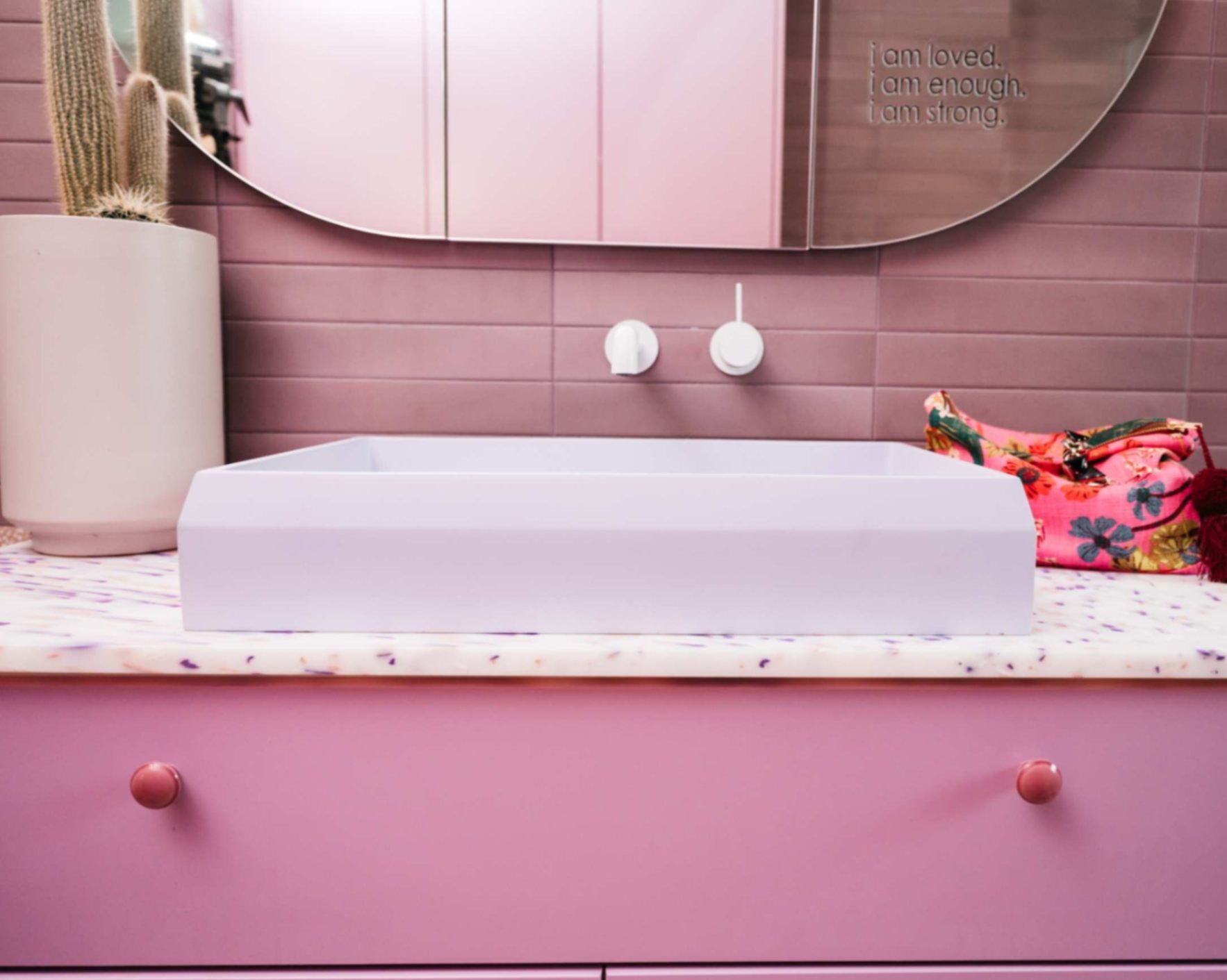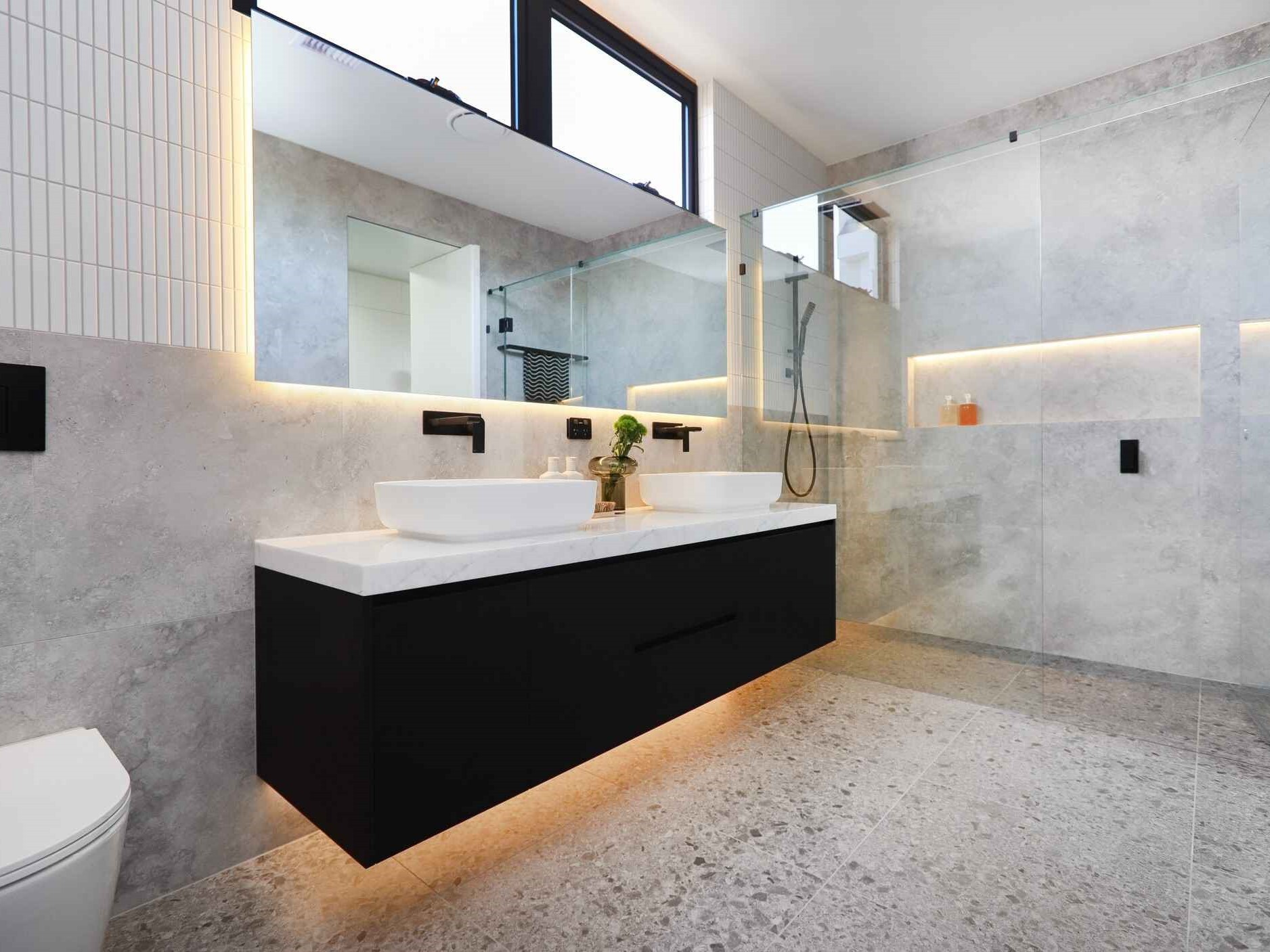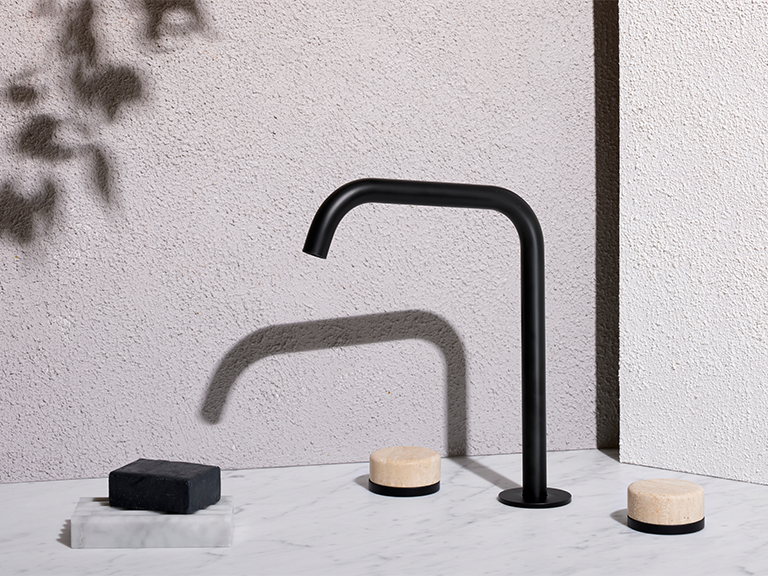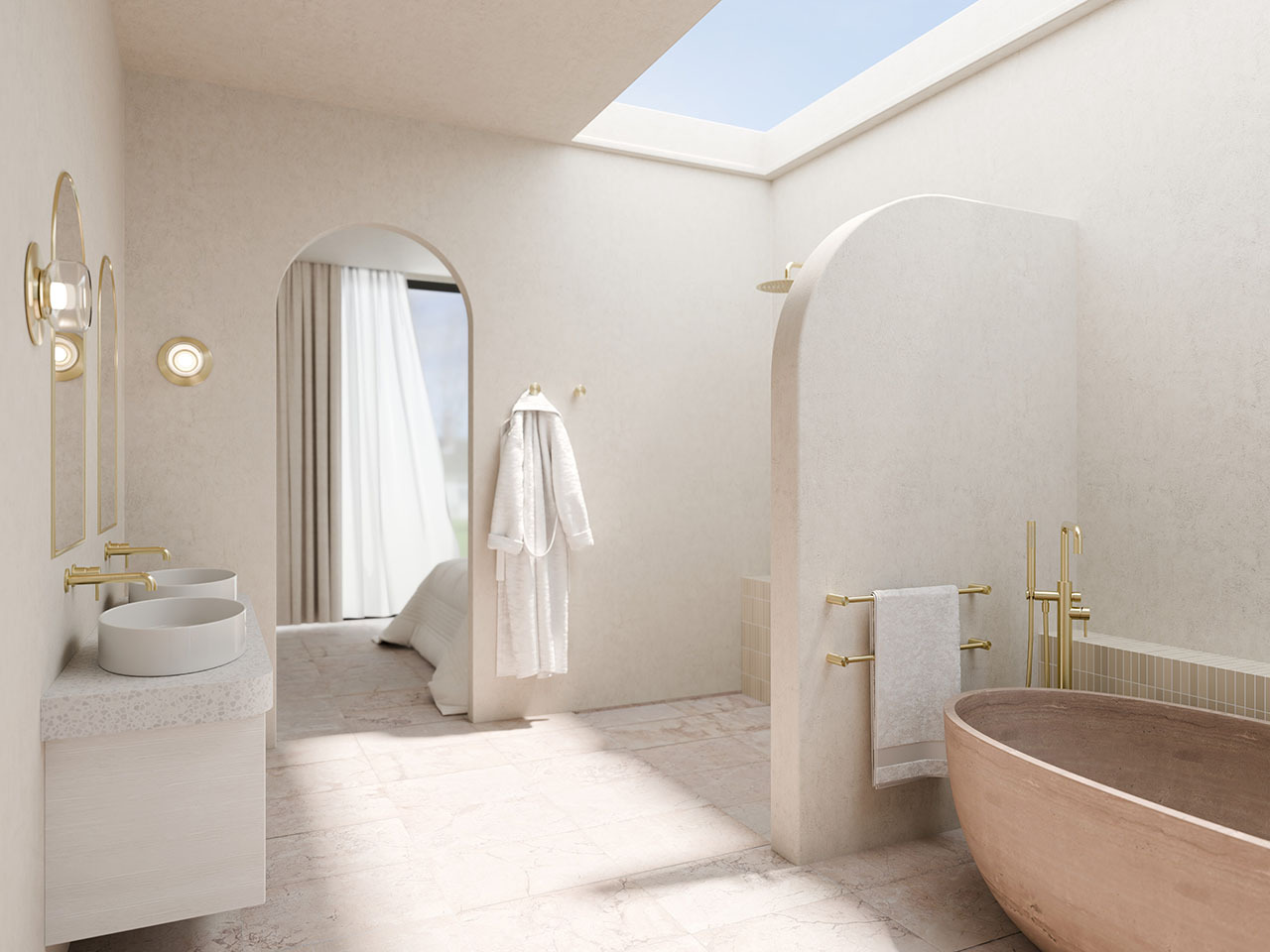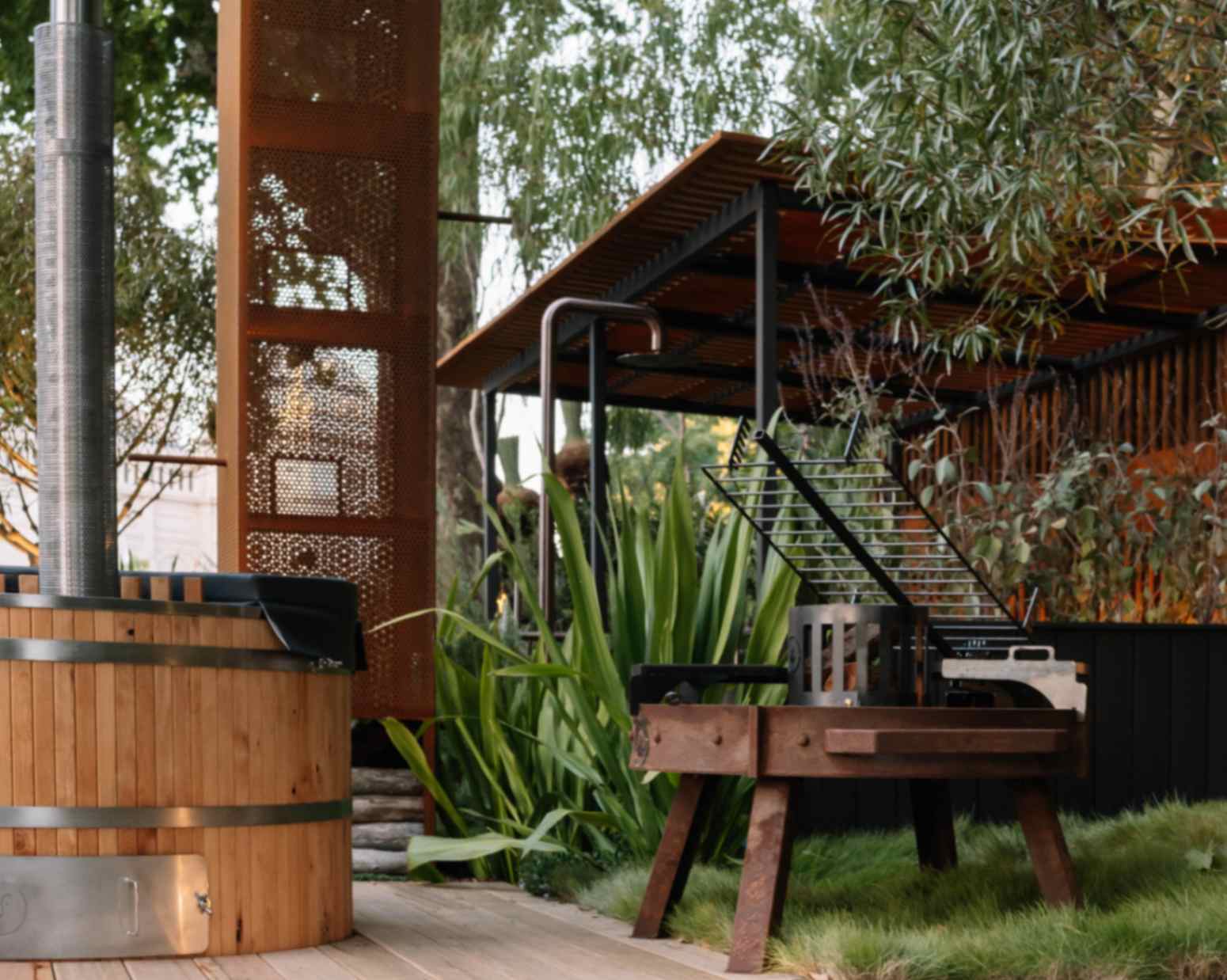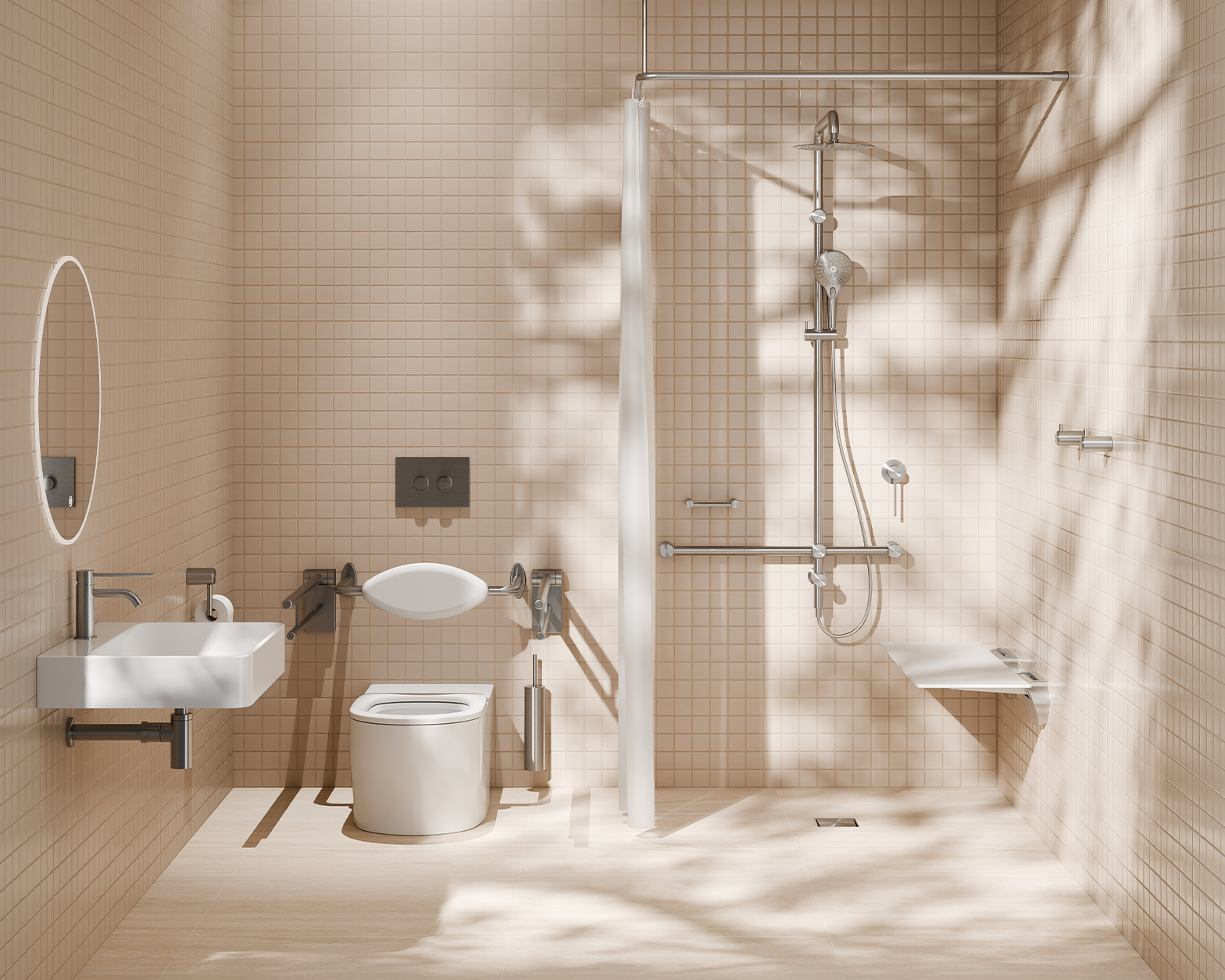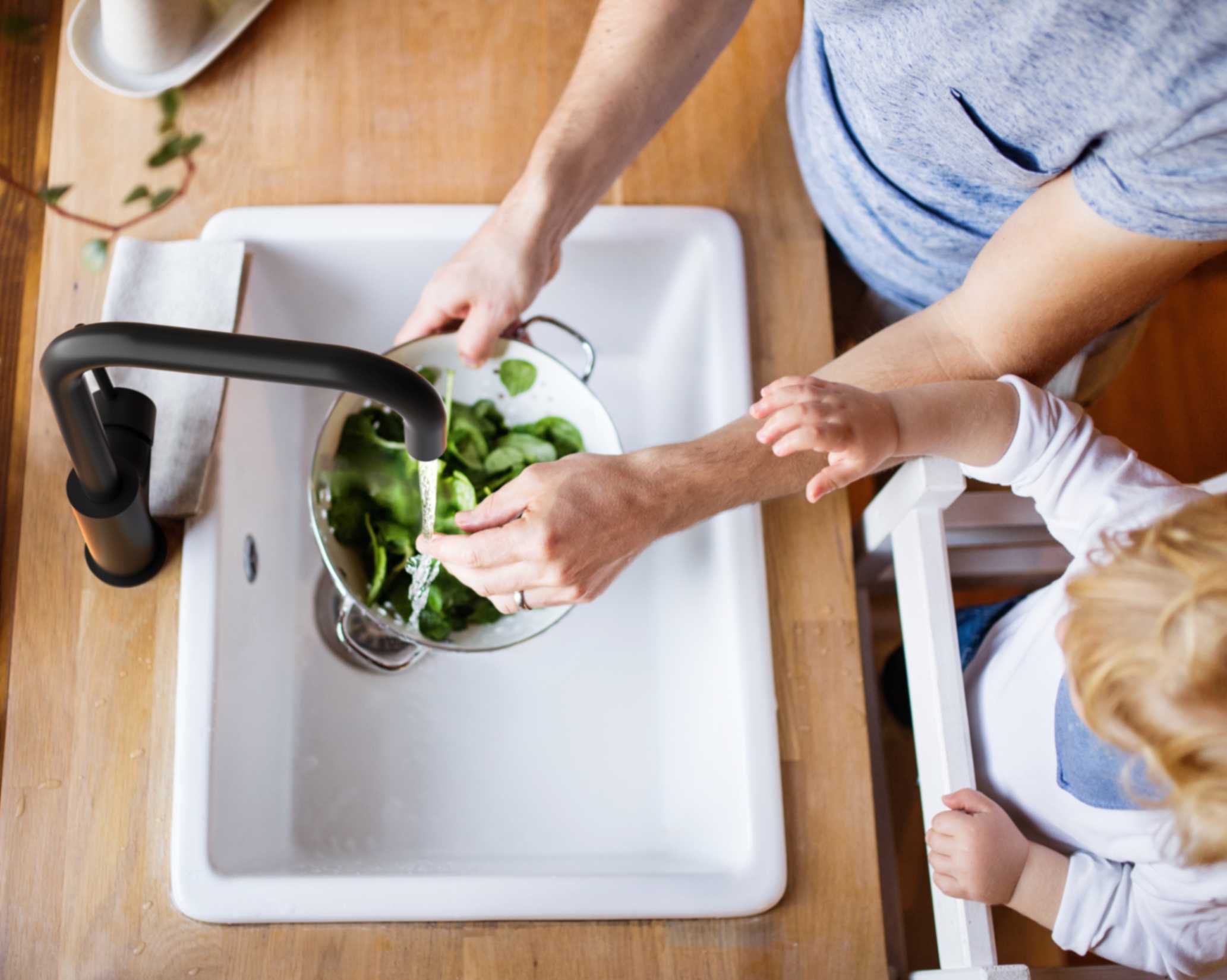
25+ Ways to Save Water: Practical Tips for Your Kitchen, Bathroom, Laundry Room, and Garden!
The Ripple Effect of Saving Water at Home
Have you ever glanced at your water bill and felt a pang of surprise or frustration, wondering where all that water went? You’re not alone.
Saving water at home isn't just about trimming bills (though that’s a big perk). It’s about doing our part to ease the burden on our planet’s limited freshwater resources. Small daily changes can lead to huge long-term savings.
In this guide, you'll find practical, proven water-saving tips for every room in your home—from the kitchen to the garden. Whether you’re looking to cut costs, live more sustainably, or just become more mindful of your consumption, these strategies are designed to help you take immediate action. Ready to make a difference? Let’s dive in.
Why Water Conservation at Home Matters
Environmental Impact of Household Water Usage
Water is a precious resource in Australia, especially given the country's frequent droughts and climate variability. The average Australian household consumes approximately 900 litres of water per day, with outdoor use accounting for about 40%, and indoor activities such as toilets, showers, and laundry making up roughly 50% .
The energy required to supply and treat this water is significant. According to the CSIRO, ensuring a reliable water supply for cities necessitates more energy due to increasing populations and the development of more energy-intensive water sources like desalination plants and distant sources. While specific percentages of Australia's total energy consumption attributed to water services are not readily available, it's evident that reducing household water use can lead to substantial energy savings and a decrease in greenhouse gas emissions.
Conserving water at home not only helps alleviate pressure on local water supplies but also reduces the environmental footprint associated with water treatment and distribution. By adopting water-saving practices, Australians can contribute to a more sustainable and resilient water future.
Tip: Fixing household leaks alone can save the average home up to 10,000 gallons per year and up to 10% on their water bills.
Financial Benefits of Reducing Water Consumption
Aside from fixing leaks, simple water-saving actions like installing water-efficient appliances and reducing unnecessary water use can cut household water bills by up to 35% as per the Department of Climate Change, Energy, the Environment and Water website.
Many Australian councils offer rebates for Water Efficiency Labelling and Standards (WELS) rated fixtures, helping homeowners invest in water-saving technologies at a reduced upfront cost.
4 Water-Saving Tips for the Kitchen

The kitchen is one of the busiest—and most water-hungry—rooms in the home. But small habit changes and smart upgrades can dramatically reduce your daily usage.
#1. Fix Leaky Faucets Immediately
A dripping faucet might seem minor, but one drip per second can waste over 3,000 gallons of water annually. Most leaks are caused by worn washers or faulty valves and can be fixed in under an hour with basic tools.
Pro Tip: Place a dry bowl under your faucet overnight. If it collects water, you likely have a slow leak.
Install Water-Efficient Dishwashers and Faucet Aerators
Modern dishwashers with a high WELS rating (4 stars or more) can use as little as 9 to 13 litres per cycle—much less than washing by hand, which can use up to 27 litres.
Tap aerators screw onto existing faucets and can reduce water flow by 30–50% without affecting pressure.
#2. Only Run Full Loads in the Dishwasher
Running half-loads wastes both water and energy. Wait until the dishwasher is full before pressing start, and scrape (don’t rinse) food scraps before loading—modern dishwashers are built to handle it.
#3. Reuse Water from Rinsing Produce for Plants
Place a clean bowl in your sink while rinsing fruits and vegetables. This “gray water” is safe for watering houseplants or your garden and gives every drop a second life.
#4. Use a Basin to Wash Dishes by Hand Efficiently
If you wash dishes by hand, avoid letting the tap run continuously. Instead, fill one basin with soapy water and another with clean water for rinsing. This method can cut water use by up to 50% compared to the open-tap approach.
Pro Tip: Dishwasher vs. Handwashing Water Use
| Method | Gallons Used |
| Handwashing (open tap) | 20–27 gallons |
| Handwashing (with basin) | 8–10 gallons |
| Modern dishwasher | 3–5 gallons |
Read more here: Saving water in the kitchen by NSW Government
5 Ways on How to Save Water in the Bathroom

The bathroom is the biggest source of indoor water use, accounting for nearly half of all water used inside the home. But it’s also where some of the quickest wins in water conservation can be made.
#1. Switch to Low-Flow Showerheads and Faucets
Replacing older showerheads with WELS-rated water-efficient models can reduce shower water use by up to 40%, without sacrificing pressure. These modern fixtures typically use 6–9 litres per minute (L/min), compared to older showerheads that use 15–20 L/min.
Installing faucet aerators is another simple, affordable way to save water. Modern aerators can reduce tap water flow by 30–50% and often cost less than $10 AUD to install.
#2. Take Shorter Showers
Every minute in the shower uses about 7.5–9.5 litres of water. Cutting just 2 minutes off your daily shower can save more than 5,400–6,900 litres per person per year.
Quick Tip: Use a waterproof timer or play a short 4–5 minute playlist to keep showers efficient and enjoyable.
#3. Turn Off the Tap While Brushing Teeth or Shaving
Leaving the tap running can waste up to 15 litres per minute. Simply turning it off while brushing or shaving can save hundreds of litres each week.
Quick Tip: Wet your brush, turn off the tap, then rinse. For shaving, use a plugged basin to rinse the razor instead of running water.
#4. Fix Running Toilets
A silent leak in the toilet can waste up to 750 to 3,000 litres per day. Look out for signs like phantom flushing or water trickling long after the flush.
DIY Leak Test: Add a few drops of food colouring to the cistern. If the colour appears in the bowl without flushing, you have a leak.
#5. Install Dual-Flush or Low-Flush Toilets
Toilets are one of the largest water users in Australian homes. Replacing older single-flush models with WELS-rated dual-flush toilets can save up to 60,000 litres per year for a family of four.
Quick Tip: Look for a 4-star or higher WELS rating when choosing a new toilet.
Read more here: Saving water in the bathroom - NSW Government
4 Laundry Room Water-Saving Strategies

Australians do hundreds of loads of laundry each year, using thousands of litres of water. By adjusting your laundry habits and upgrading your machines, you can significantly reduce water waste without sacrificing cleanliness.
#1. Upgrade to WELS‑Rated Washing Machines
Washing machines sold in Australia must carry a WELS (Water Efficiency Labelling and Standards) label.
- A WELS 6-star front-loader uses as little as 60 L per wash, compared to 120–180 L for older top-loading models.
- These machines also use less energy and detergent while offering excellent cleaning.
Bonus: Some states and councils offer rebates for upgrading to water-efficient appliances:
- VIC: Victorian Energy Upgrades (VEU)
- NSW: Energy Savings Scheme
- Western Australia (WA), South Australia (SA), Queensland (QLD): Check with your local council.
Savings Tip: A WELS 6-star washer can save 18,000 litres per year, equal to ~$54 AUD annually, compared to a 3-star model (based on national average pricing).
#2. Use the Right Load Size Setting
Many modern machines let you choose small, medium, or large load settings—or have auto load sensors to optimise water use.
Avoid choosing “large” for small loads, which wastes water. Let the machine decide, or adjust manually based on the size of your wash.
#3. Wash Full Loads Only
Wait until you have a full load to maximise water and energy efficiency.
If you need to wash fewer items, make sure to use the appropriate setting to reduce unnecessary water use.
#4. Reuse Gray Water for Outdoor Use (If Legal in Your Area)
Laundry water—called greywater—can be reused for outdoor irrigation, especially for lawns or ornamental plants.
To do it safely:
- Use biodegradable, phosphate-free, low-sodium detergent
- Only apply greywater via subsurface irrigation (not overhead sprinklers)
- Don’t store untreated greywater for more than 24 hours
- Avoid use on edible plants
NOTE: Regulations vary by state.
For example:
- VIC: Allowed under EPA guidelines with appropriate plumbing
- NSW & QLD: Permitted but require compliance with health codes
- SA: Must follow SA Health regulations
Check with your local council or state health/environment department before installation.
Important: Never store untreated greywater for more than 24 hours, and avoid using it on edible plants or near children or pets.
Read more here: Saving water in the laundry - NSW Government
5 Outdoor and Garden Water Conservation Tips

Outdoor water use can more than double during hot Australian summers. These strategies help keep your garden thriving while reducing your household’s water use.
#1. Water Early Morning or Late Evening to Reduce Evaporation
Avoid watering during the hottest parts of the day. To reduce evaporation (up to 30% lost during the day):
- Water before 10 a.m. or after 4 p.m.
- Early or late watering allows water to soak into the soil effectively
BonusTip: Water deeply but less frequently. This helps plants grow deeper roots, making them more drought-resilient.
#2. Use a Rain Barrel to Collect Water
Rainwater tanks are standard in many Australian homes and can dramatically reduce reliance on mains water.
- A 2,000–5,000 litre tank can store enough water to keep your garden thriving during dry periods.
- Use it for toilets, laundry, and garden irrigation
- First-flush diverters and mosquito-proof screens are recommended
- Some states and councils offer rebates for installing rainwater tanks—check local programs like SA’s Rebate Scheme or ACT’s Sustainable Household Scheme.
Rebates available in:
- NSW: Up to $500 for rainwater tanks plumbed to toilet/laundry
- SA & ACT: Rebate programs via local water authorities
- VIC: Some councils offer subsidies or advice via Smart Water Advice
Bonus Tip: Choose models with inlet screens to prevent mosquito breeding and sediment buildup.
#3. Install Drip Irrigation Instead of Sprinklers
Drip systems deliver water directly to plant roots, reducing waste from evaporation and runoff. They use up to 50% less water than traditional sprinklers and are ideal for garden beds, trees, and shrubs. Many councils allow drip irrigation even under water restrictions.
#4. Choose Native or Drought-Resistant Plants
Australian native plants are well adapted to local climates and need less water, fertiliser, and maintenance.
Top choices include:
- Kangaroo Paw (Anigozanthos)
- Grevillea
- Westringia (Coastal Rosemary)
- Banksia
Ask your local nursery for “Waterwise” or native plant selections, or explore state-supported programs like WA's Waterwise Gardens or SA’s Water Sensitive Urban Design guides.
#5. Mulch Garden Beds to Retain Moisture
Apply 5–7 cm of organic mulch (e.g., bark, wood chips, straw) to garden beds. Benefits include:
- Reduces soil moisture loss by up to 70%
- Suppresses weeds
- Regulates soil temperature
- Improves soil quality as it breaks down
Pro Tip: Keep mulch 2–5 cm away from plant stems to avoid mould, pests, or rot.
Also Read: The Ultimate Outdoor Kitchen Guide for Australians: DIY Tips, Designs, and Ideas
4 Smart Tech & Tools for Saving Water in Australian Homes

Smart water-saving technology is reshaping how Australians manage household water use. These tools turn everyday conservation into a seamless, efficient process—helping you cut back on waste, prevent damage, and reduce bills.
#1. Smart Irrigation Controllers
Smart irrigation systems automatically adjust watering based on local weather, soil moisture, and seasonal changes. In Australia, where gardens can consume up to 40% of household water, these systems are particularly effective in reducing overwatering.
Many models connect via Wi-Fi and can be controlled through smartphone apps. Some even integrate with smart home hubs like Google Home or Amazon Alexa.
Tip: Look for products with Australian certifications and compatibility with your state’s water efficiency rebate schemes (e.g., WELS-rated timers or controllers in VIC, NSW, SA).
#2. Leak Detection Systems
Even a small hidden leak can waste thousands of litres annually. Smart leak detectors monitor water flow in real time, send alerts for irregular usage, and some can automatically shut off water in the event of a major leak—helping to prevent water damage and costly repairs.
Top-rated systems available in Australia include:
- Leak Alert WiFi by Zircon
- Eve Aqua (for outdoor taps)
- Bluebot (available online via AU resellers)
Did You Know? Leaks are responsible for up to 12% of water lost in some Australian households.
#3. Water Usage Monitoring Apps
Water tracking apps, especially when paired with smart water meters or sensor hubs, let you monitor your usage by fixture or room. You can set goals, detect spikes, and compare usage month to month.
Available options in Australia:
- South East Water’s Aquarevo App (Victoria)
- Smart Meter Portals (via your water provider or council)
Some smart meters used in newer housing developments provide live data and insights into water usage patterns, helping households reduce use by 10–20%.
#4. Water Sensors for Risk Areas
Install water sensors in areas prone to leaks or flooding, like behind the washing machine, under sinks, or near water heaters. These devices send instant alerts when they detect water, helping prevent damage from unnoticed leaks.
Pro Tip: Choose models with battery backup, mobile alerts, and audible alarms—especially for basements, holiday homes, or rarely used rooms.
Family & Habit Shifts That Save Water

Technology helps, but lasting water savings come from daily habits and shared household values. When everyone contributes, small changes compound into meaningful conservation—and cost savings.
#1. Teach Kids About Water-Saving Habits
Children are natural learners and can become enthusiastic advocates for sustainability. Use simple visuals or games to explain the importance of saving water. For example:
- Show how much water a running tap wastes in one minute (use a clear container)
- Turn off the tap challenge: who remembers most throughout the week?
- Have them help reuse “plant water” from leftover drinking water or rinsing produce
Pro Tip: Some schools and local utilities offer free educational kits or water-themed activities for kids—check your community’s resources.
#2. Set Up a Home Water Conservation Challenge
Create a friendly family competition with weekly goals. Examples:
- Shortest showers (use timers or playlist cues)
- Least number of laundry loads
- Reusing water creatively (e.g., rinsing veggies, pet bowl refills, etc.)
Post results on a chart or whiteboard. Consider small rewards to boost motivation.
#3. Use Timers for Showers
Even cutting 2 minutes off your daily shower can save more than 5,000 litres of water per person each year. That’s a big win for both your water bill and the environment.
Use a waterproof timer, a smart speaker, or play a 4–5-minute playlist to keep your showers quick and consistent—without losing comfort.
Fact: Reducing a 10-minute shower to 5 minutes using a 9 L/min WELS 3-star rated showerhead can save around 45 litres per shower, or over 16,000 litres annually for one person.
#4. Post Visual Reminders Near Sinks
Strategically placed signs (even handwritten) near sinks and showers help build awareness. Examples:
- “Turn off the tap while brushing”
- “5-minute showers save gallons”
- “Use just what you need!”
These cues act as quick, daily nudges—especially effective for guests and kids.
Conclusion: Start Small, Save Big

Every drop counts—and when it comes to home water conservation, the most impactful changes often begin with simple, everyday actions. Whether it’s shortening your shower, upgrading appliances, or teaching your kids to turn off the tap, small shifts in daily habits can lead to major savings—for both your wallet and the planet.
But it’s not just about what you can do—it’s also about supporting brands and solutions that prioritize sustainability. That’s why we’re proud to spotlight the efforts ofNero Tapware, a leading Australian company that’s helping households save water without sacrificing design or performance.
Nero Tapware is committed to building a more water-conscious future through:
- Sustainably engineered water-saving tapware collections
- WELS-rated fixtures designed to reduce indoor water usage
- A focus on durability and long-term efficiency, minimizing waste
- Innovation that meets both eco standards and modern aesthetics
Ready to make every drop count?
Discover Nero Tapware’s eco‑smart collections—Zen, Serenity, Astra, Air Shower II, and Progressive ranges—all designed to help you save water in style. Upgrade your taps and showers with WELS‑rated, precision‑flow fixtures that reduce water waste without compromising elegance.
Shop now and transform your bathroom into a water‑saving sanctuary!
Other blogs that you might be interested to read:
- Accessible Bathroom Design Guide: Safe, Stylish, and Smart Bathrooms for the Handicapped
- 27 Stunning Bathroom Tile Ideas to Transform Your Space in 2025
- 40+ Bathroom Lighting Ideas: Expert Guide for Stylish & Functional Bathroom Illumination
- Open Shelving vs. Closed Cabinets: Which Is Right for Your Kitchen?
- How to Confidently Mix Kitchen Knobs, Pulls & Fixtures for a Custom Look

